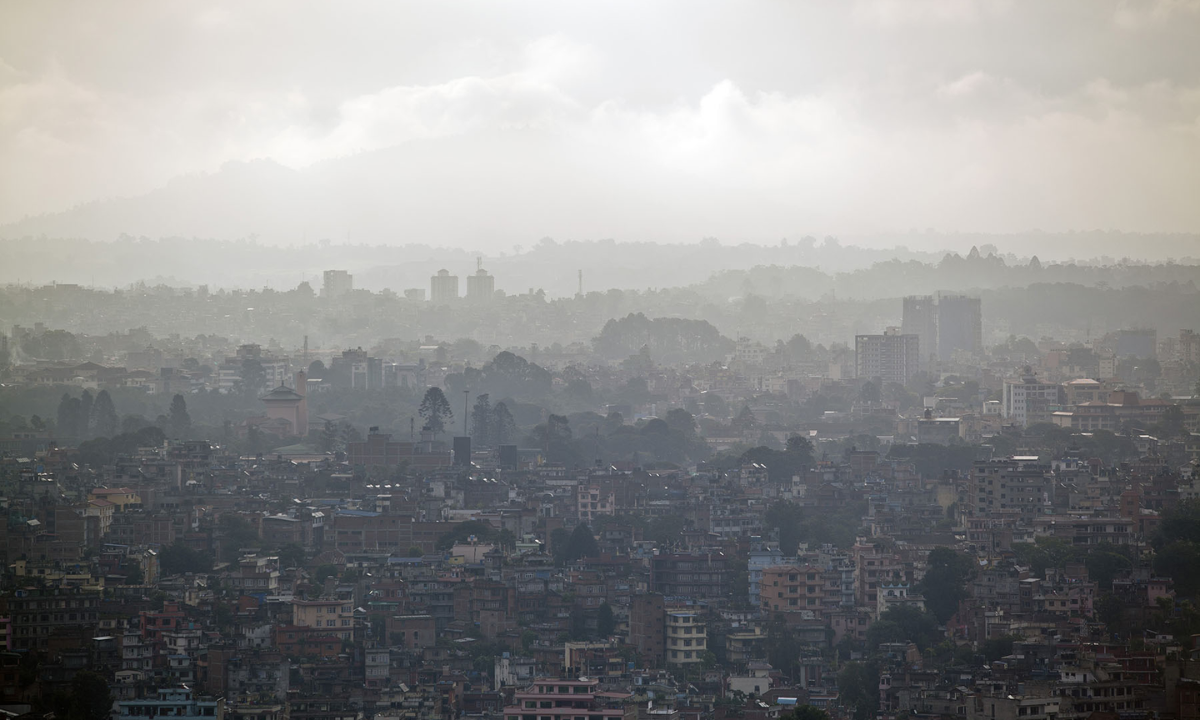Kathmandu– Due to the haze covering the entire country for the past few days, air pollution in Kathmandu has increased. According to the Air Quality Index, Kathmandu is now listed as the first polluted city in the world during daylight hours.
The overall Air Quality Index (AQI) in Kathmandu has reached two hundred. Tara Datt Bhatta, the Deputy Director of the Department of Environment, attributed the haze affecting Kathmandu’s air to the haze prevailing across the country.
“A few hours ago, Kathmandu’s air pollution had increased, and today, the pollution has worsened,” he said. He also mentioned that pollution continues to increase until forest fires are controlled.
“If we don’t stop forest fires, pollution will continue to rise sharply,” he said. “Burning leaves is not allowed, and strict action should be taken against those who do so. Lack of awareness among people is also contributing to this problem. Everyone needs to cooperate first and foremost in controlling pollution.”
According to disaster management expert Dr. Dharmaraj Upreti, an AQI ranging from zero to fifty is considered good, while a range from fifty-one to one hundred indicates moderate air quality or a cautionary signal. An AQI from one hundred and one to two hundred indicates unhealthy conditions, affecting people with respiratory and heart diseases. An AQI above two hundred signifies very unhealthy conditions.
For the Kathmandu Valley, the Air Quality Management Action Plan of 2076 BS mentions the need to address the situation when the AQI exceeds three hundred, considering it a disaster.
Measures mentioned in the action plan to prevent such disasters include stopping the burning of leaves, extensive use of street sweeping and vacuuming, and issuing public warnings specifically targeting children, elderly citizens, and patients.
The National Environmental Policy of 2076 BS mentions the establishment and operation of quality measurement centers in areas at risk of pollution, such as major cities and industrial areas, to monitor air, water, and noise pollution levels.
It also outlines the formulation and implementation of national standards for pollution prevention, covering water, air, soil, noise, electromagnetic waves, radioactivity, and hazardous chemical pollution.
The policy also emphasizes the establishment and operation of quality measurement centers in areas at risk of pollution, such as major cities and industrial areas, to monitor air, water, and noise pollution levels.





